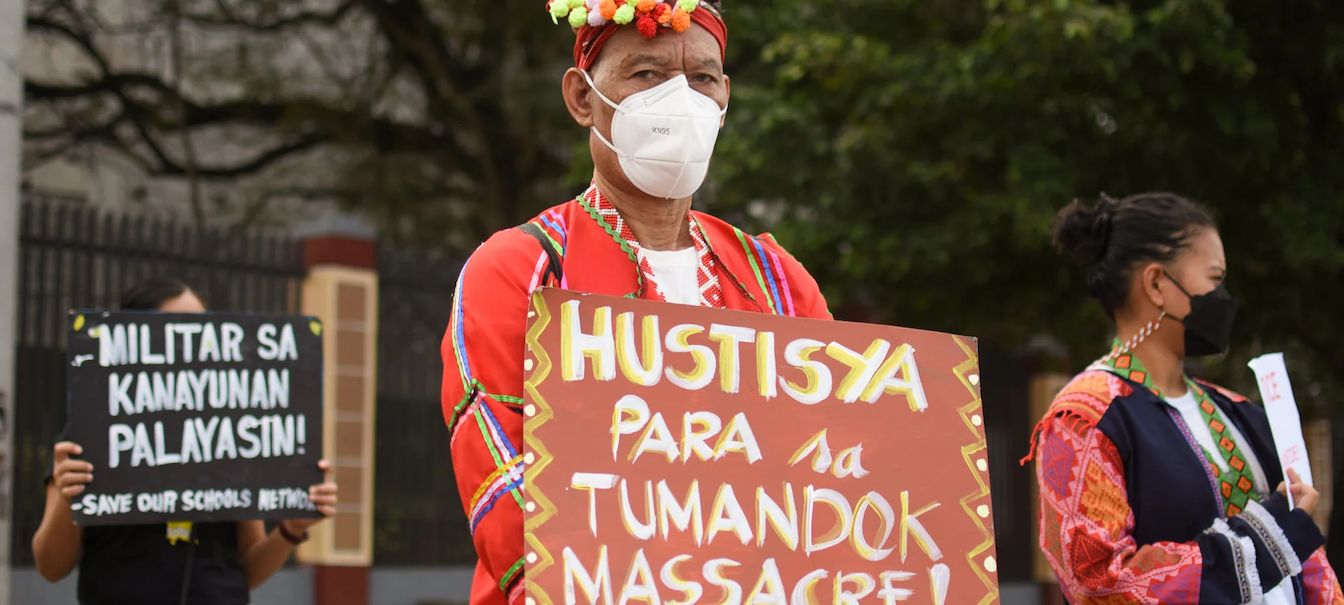Protector not prisoner: Exploring the rights violations & criminalization of Indigenous Peoples in climate actions

“Indigenous peoples are vital actors in climate solutions. Responses to the climate crisis should be based on partnership with Indigenous peoples as stewards of nature and protectors of our biodiversity. We must stop the criminalization of Indigenous peoples and respect their collective and individual rights.”
Joan Carling, Global Director, Indigenous Peoples Rights International
The climate crisis is one of the most critical and complex issues our planet and its people face. Indigenous peoples are at the forefront of environmental protection and addressing this crisis, managing over 20% of the Earth’s land surface and 80% of its biodiversity. Drawing upon thousands of years of expertise in environmental stewardship, Indigenous peoples are vital leaders in the fight to protect our planet. They are also among the first groups to experience the direct consequences of climate change, despite having contributed very little to its causes. Ensuring the effective participation of Indigenous peoples in climate actions has been detailed in numerous international agreements, including the Paris Agreement.
Unfortunately, some projects enacted with the aim of mitigating climate change and achieving the Sustainable Development Goals (SDGs) are threatening the rights of Indigenous peoples, including their collective rights to land, territories, and resources; food; water; free, prior, and informed consent (FPIC); and cultural traditions and customs. This includes wind, hydropower, biofuel, geothermal, forest and biodiversity conservation projects, as well as mining of transition minerals, such as cobalt, lithium, copper, manganese, nickel and zinc, needed to produce renewable energy technologies – from wind turbines to solar panels to electric vehicles.
In addition, as they take legitimate action to defend their lands, territories and resources and protect their fundamental rights from harms associated with business and state projects, including those with intended benefits for the climate, Indigenous peoples face retaliation from state and non-state actors.
Solutions to the global climate crisis need to be consistent with the respect and protection of human rights to be sustainable. Disregarding the rights of Indigenous peoples in the race to a decarbonized economy by 2050 will result in numerous human rights violations and will continue to fuel opposition, conflict, and result in delays to projects and achieving our global climate and SDG targets.
This briefing, co-published with Indigenous Peoples Rights International, explores how climate actions which do not center human rights have been harmful to Indigenous peoples, as well as the scale of attacks Indigenous defenders face when protecting their lands, territories, natural resources, and communities from such projects. It also provides examples of Indigenous resistance to harmful climate actions in Kenya, the Philippines, Russia, Peru, Nepal, Indonesia and Norway, as well as related legal decisions upholding the rights of Indigenous communities.
Key findings:
● Between January 2015 and August 2022, we tracked 883 attacks on Indigenous human rights defenders, including killings, threats, arbitrary detention, and strategic lawsuits against public participation (SLAPPs).
● Although Indigenous peoples comprise approximately one in 17 (6%) of the world’s population, nearly one in five (20%) attacks globally since 2015 have been against Indigenous human rights defenders.
● Nearly all (95%) of attacks against Indigenous defenders between January 2015 – August 2022 were on climate, land, and environmental defenders, compared with just two-thirds (63%) for non-Indigenous defenders. This data helps show how Indigenous peoples play an outsized role in the protection of land, water, and forests and the disproportionate risks they face.
● Between January 2015 – August 2022, 75% of attacks against Indigenous defenders occurred in Latin America, followed by Asia-Pacific with 18% of attacks. The highest numbers of attacks against IHRDs occurred in Honduras, Peru, Mexico, Guatemala, Brazil, the Philippines, and Colombia.
● During the same period, killings represented 29% of attacks on Indigenous defenders, compared with 16% for non-Indigenous defenders.
● At least 134 attacks out of the 883 attacks we recorded against Indigenous defenders related to renewable energy projects, including hydropower, wind, and solar.
● We tracked 495 allegations of human rights abuses related to transition minerals between 2010-2021. Between 2010-2021, 148 attacks against defenders related to the mining of transition minerals; one-third of these attacks were against Indigenous defenders.